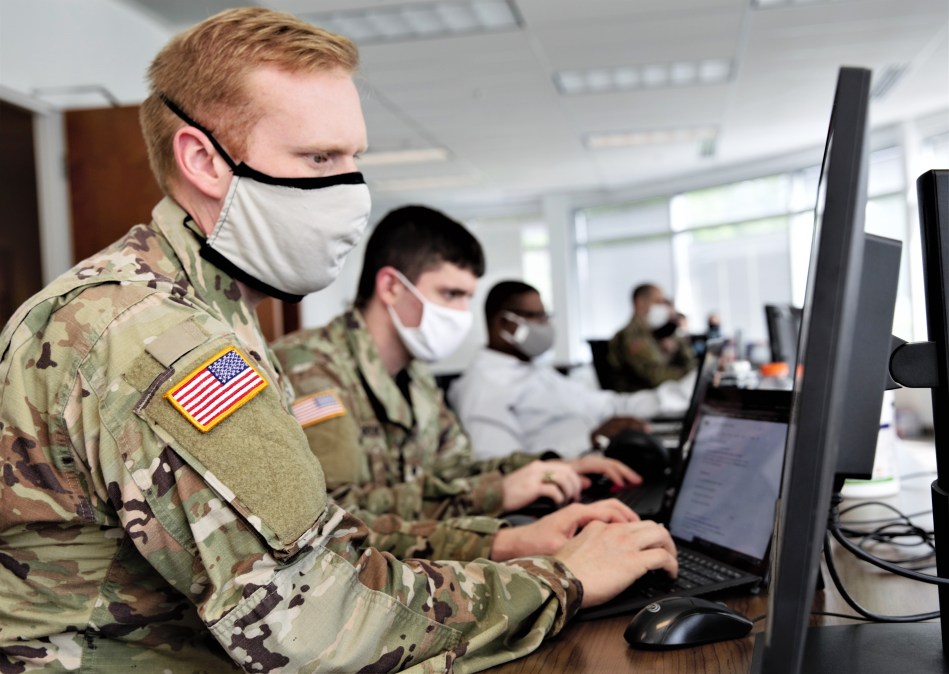U.S. and Australia partner to develop virtual cyber training range

The United States and Australia entered an agreement in November to continuously develop a virtual cyber training range together, U.S. Cyber Command announced Friday.
The Cyber Training Capabilities Project Arrangement, valued at a bit over $215 million for six years, will incorporate feedback from the Australian Defence Force (ADF) into the Persistent Cyber Training Environment (PCTE), Cyber Command’s simulated training domain. It is expected to improve personnel readiness in cyber warfighting.
The arrangement is a milestone for U.S.-Australian cooperation, according to Elizabeth Wilson, the U.S. signatory to the agreement and deputy assistant secretary of the Army for defense exports and cooperation. U.S. and allied cyber forces typically develop cyber training ranges for specific scenarios that are only used once. This new setup lets cyber forces re-use existing content and train at the group and individual levels at any time.
“To counter known and potential adversarial threats, the Army has recalibrated our strategic thinking; we’ve made smart decisions to refocus our efforts to invest in the new, emerging and smart technologies that will strengthen our ability to fight and win our nation’s wars,” Wilson said in a statement.
Agreements like this contribute to the efficiency of joint modernization and lead to mutual growth, Wilson said. This, in turn, strengthens the interoperability between the U.S. and its allies. The U.S. and Australia are both part of the Five Eyes intelligence alliance, which also includes New Zealand, Canada and the United Kingdom.
“Australia and the U.S. have a strong history of working together to develop our cyber capabilities and train our people to fight and win in cyberspace,” said Australian Army Maj. Gen. Marcus Thompson, the Australian signatory of the agreement.
These types of partnerships are also key in sharing insights of threat actors, empowering mutual defense against cyberattacks and facilitating the necessary training to hold adversaries accountable in cyberspace, according to the statement released by Cyber Command. They also “enable lethal cyber mission forces” for U.S. and ally defense.
The U.S. Army released its first version of PCTE in February, meant as an environment where multiple cybersecurity training exercises can run simultaneously. It was also used during Cyber Flag events in June and September. It is part of the military’s Joint Cyber Warfighting Architecture.




